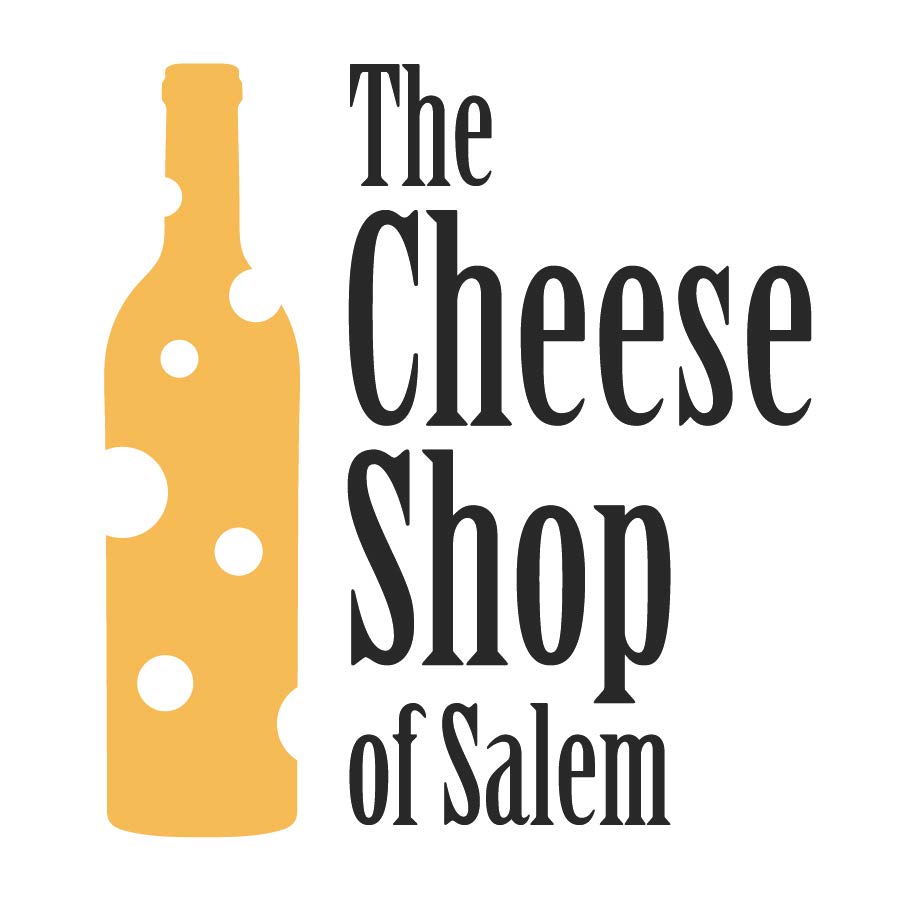History of Cheddar LITE
I definitely thought that summarizing the history of cheddar would be simpler. Not simple, but not too hard to give you a good overview. I was wrong. There is so much information out there! An embarrassment of riches! I’ve chosen some key points in cheddar’s history that I think are especially interesting, but there is SO MUCH MORE and this is faaaaar from comprehensive. This is really just a leap down the cheddar timeline, landing here and there. Shall we jump in?
Cheddar cheese began its recorded history in the village of Cheddar in southwest England. At this time, it wasn’t the cheese we think of today, it was just a cheese that came from Cheddar. At the story goes, a milkmaid forgot a pail of milk in one of the caves around the village (what she was doing with milk in a cave, who knows?). When she returned, the milk had turned into tasty cheddar! By 1170, British monarchs were hooked on the good stuff. King Henry II bought over 10,000. King Charles I preordered many wheels of cheddar in the 1700s. In 1840, Queen Victoria received a massive half-ton wheel as a wedding gift. Cheddar, though clearly beloved by the monarchy, was a volatile and inconsistent cheese. Cheesemakers had to throw away wheels for uncontrolled mold growth, soggy texture, and rotten middles. They just didn’t have enough information to ensure the uniformity we are so used to today.
By the mid 19th century, however, Joseph Harding changed that. Applying science to cheesemaking, the “father of cheddar cheese” emphasized sanitary practices, improved the design for the cheese mill (the chipper-looking machine that breaks up the curd blocks), and taught cheesemakers new methods to create consistent textures and flavors in cheddar. This standardization in technique and quality primed cheddar to become our first factory-produced cheese in the USA. It was so successful that American cheddar factories actually started exporting cheddar back to England.
When Jesse Williams opened up that first factory in 1851 in Rome, NY, he began the industrialization of cheese in America, something that has created many problems for the dairy industry and for consumers. These include too-low milk prices, unsustainable expectations for consistency and cheapness, resignation of having chemicals in our cheese, losing old cheesemaking techniques and recipes, and more. However, as Gordon Edgar points out in his delightful book, Cheddar: A Journey to the Heart of America’s Most Iconic Cheese, “the Williams factory was not the wrong step, but a step with inevitable consequences. Cheddar, well built for both travel and factory production, was bound to boom.” If Jesse Williams hadn’t opened that factory, someone else in Industrial Revolution America would have.
Jesse Williams and other early factory owners showed that cheddar was an excellent mass-produced cheese, and Joseph Kraft took that idea and ran with it. Originally from Canada, Kraft and his brothers traveled to Chicago to be middlemen for producers and cheese sellers. But by 1916, they had a new business – making and selling processed cheese. They made processed cheese by melting down and emulsifying scraps of cheddar from factories into a “homogeneous plastic mass” (from Gordon’s book again) to prolong the shelf life. Sounds tasty, no? Cheddar was now far from its English farmstead roots, but man, American and the rest of the world loved it!
Cheddar’s story continues today as it continues to change. From the farmstead cheese in Cheddar, England, to plastic-like slices here in the US, cheesemakers are now starting to loop back that older version yet again. Perhaps we had to go through times here in the US where only factory cheddar was widely available to peak our interest in cheese. Kraft Singles ignited a need for cheese in Americans, which is clear from its universality. Can you imagine a grocery store/convenience store/gas station without Kraft Singles or some type of cheddar? I certainly can’t. In turn, this need for cheese opened up doors for the artisanal cheese revolution we’ve been experiencing since the 1980s that continues today. Cheddar, an English import, was our first cheese love here in the US, but it has also helped us open our hearts to cheese in general. It started our cheese tradition in this country and for that, cheers to cheddar!
For the love of cheese and complicated history,
Kiri



